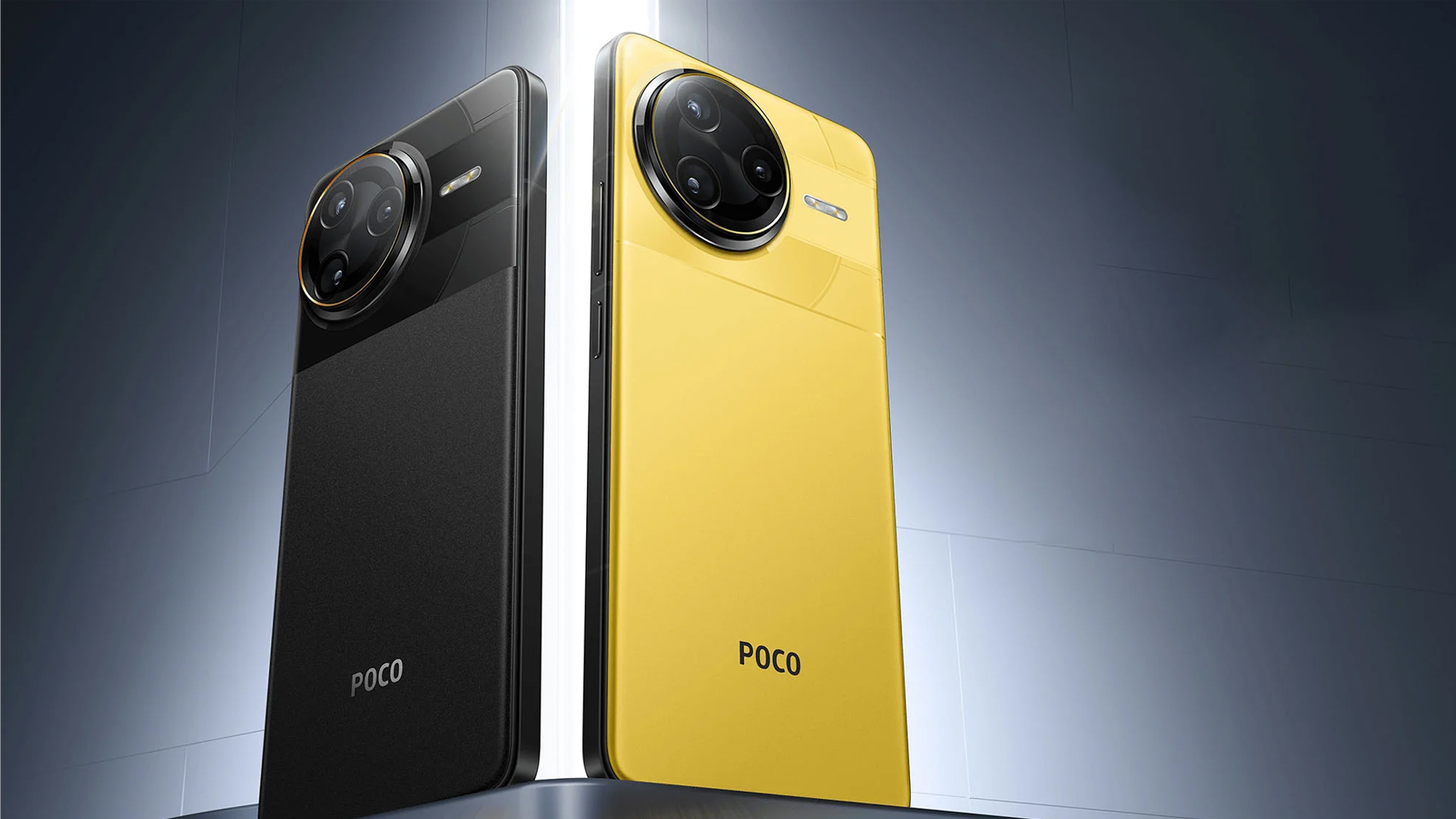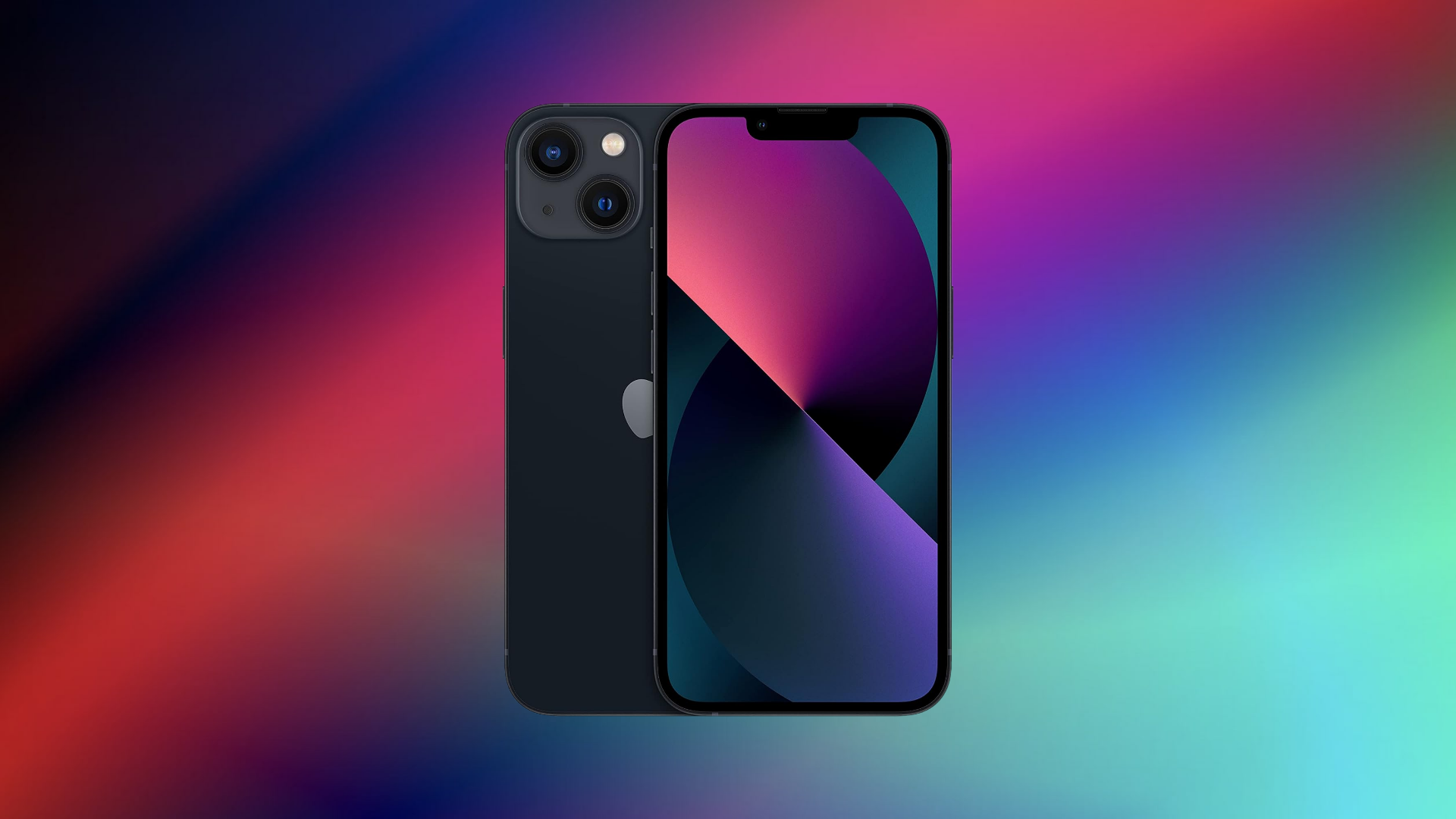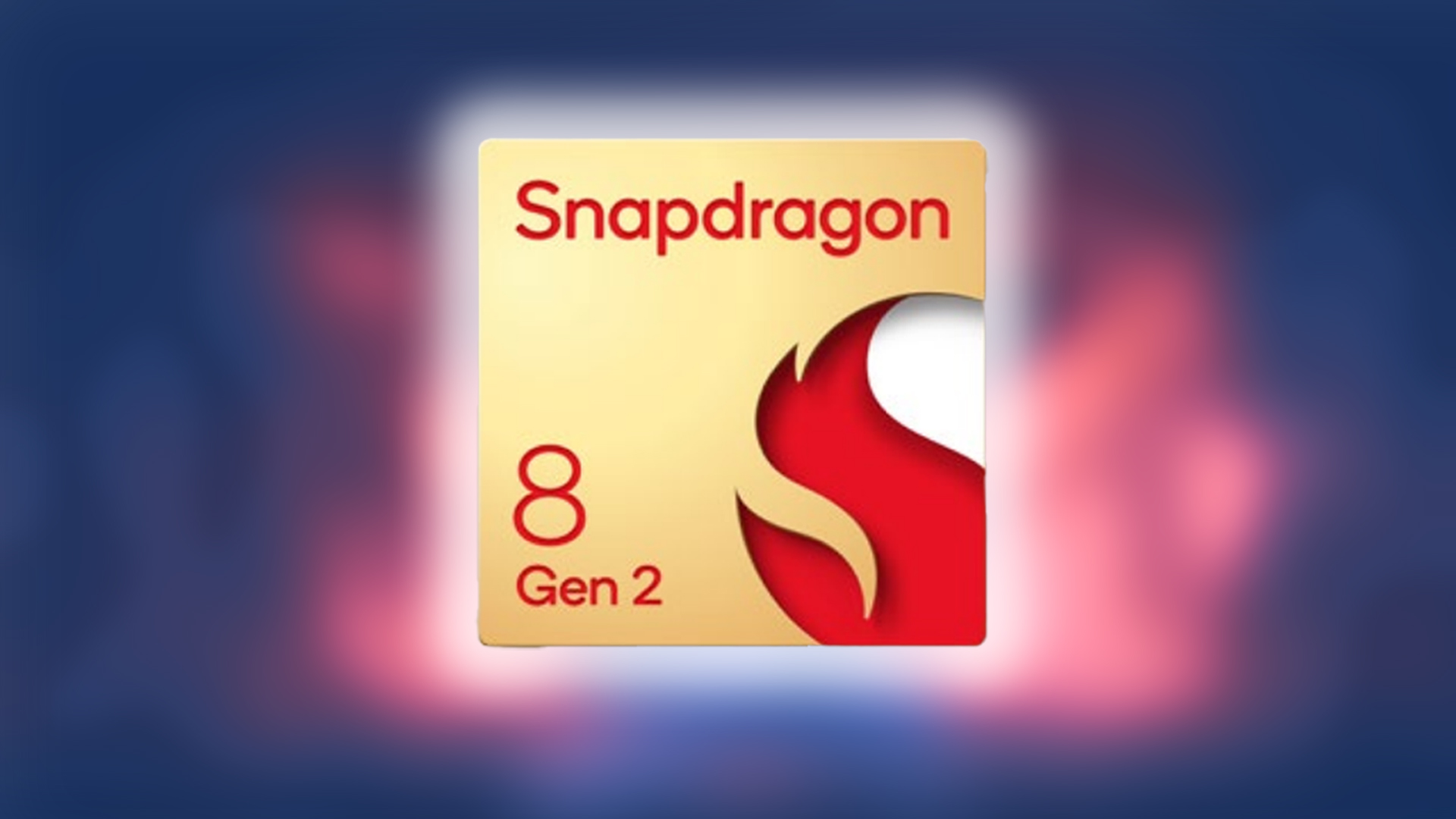Discover the essential factors, such as processor and display technology, when selecting a phone for battery life and performance.

Balancing battery life is a critical challenge in today’s world. Smartphone hardware has become immensely powerful, with gorgeous and large screens, high refresh rates, and blazing-fast connectivity such as 5G+ (with carrier aggregation). Meeting power requirements and keeping up without inflating is quite challenging.
But it’s not impossible. Battery technology has also progressed. Now, brands manage high capacity through load balancing techniques, such as dual-cell battery architectures. For example, a 6000 mAh battery can be divided into two 3000 mAh batteries, which helps prevent inflation and degradation. Below are a few essential factors that directly impact your daily usage experience.
Key Factors To Check While Choosing a Phone for Battery Life and Performance
Battery Life, Capacity, and Efficiency

As discussed earlier, a higher-capacity battery is key to the best battery backup, but dual battery cell technology is also essential. Modern flagship phones typically provide incredible battery life within the 5000 mAh territory. However, the serious competition begins when the budget caters to the mid-range segment, where higher figures like 6000 mAh or even 7000 mAh are readily available.
Remember that higher means better, but not necessarily. If the processor within the phone is a power hog or if the software is bloated and untweaked, even a 6000 mAh battery won’t last an entire day on a full charge. Always refer to independent battery testing media outlets, such as GSM Arena or XDA Developers as a good place to start.
To summarize, these are the points to follow:
- 4500+ mAh battery
- Dual-cell preferred
- Check out real-world testing results
Processor Performance and Power Management

High-end chipsets often consume the most watt-hours, so for the best battery life, stick to midrange devices such as Dimensity 7400 and Snapdragon 7+ Gen 3. For example, the Snapdragon 8 Elite is much stronger than the ones named here, but it drains the battery. It powers phones such as the Samsung Galaxy S25 Ultra.
The process node is also an important consideration, and the general idea is to go for TSMC’s latest node, as the lower the node number, the better the product. For example, TSMC 3nm (N3E) is used in the Snapdragon 8 Elite, while the 7+ Gen 3 uses the TSMC 4nm node. Node-wise, the 8 Elite has the edge, but the 7+ Gen 3 is still better in terms of efficiency, as it’s less powerful and easier on the battery.
In contrast, always choose the following:
- Efficient Chipsets
- Check the manufacturing process
- Watch reviews for power-hungry processors
Display Technology

Now this shifts to the budget side of things, as higher-tier models offer LTPO AMOLED screens, which help with lower power usage and heat. However, the traditional differences between an IPS LCD and OLED remain the same:
OLED displays save battery with dark themes but consume 20–30% more power with bright content than LCD screens. LCDs need to light up every pixel and display the required color. OLED, on the other hand, is better at producing deep blacks by shutting off pixels, which allows for power savings and achieves a premium contrast ratio. Higher-resolution screens minimally affect battery life, but a lower-resolution panel saves quite a lot of power. The same can be said for high-refresh-rate screens.
Although the modem plays a vital role in a phone’s battery backup, you cannot ignore the latest generation tech, such as 5G, WiFi 7, etc. These also quickly drain the battery. It’s better to turn off mobile data or WiFi when not required to save battery.
To summarize, opt for phones as per your needs:
- IPS or LCD, depending on the smartphone budget
- Check screen resolution and refresh rate
- Turn off mobile data or WiFi when not needed
Fast Charging and Battery Health
Fast charging is a big convenience in 2025, but it comes with long-term battery degradation. Although brands have implemented many protective measures, such as USB-PD and Qualcomm Quick Charge, there is still a chance that a mishap could occur. Consider phones with a metal body, preferably aluminum, as it better preserves battery health. Also, charge your phone within the 20–80% range, as this helps prolong your battery’s lifespan.
Additionally, you can use software features to cut off charging when a certain threshold is crossed, as brands now incorporate many OS-level tweaks and efficiencies that are easier on the battery.
Conclusion
Always focus on phones that balance all the above factors rather than excelling in just one area. A device with a moderate 5000 mAh battery but an efficient processor and LTPO OLED display will outperform phones that have larger batteries with power-hungry components. Pick your smartphone according to your usage patterns.
We provide the latest news and “How To’s” for Tech content. Meanwhile, you can check out the following articles related to PC GPUs, CPU and GPU comparisons, mobile phones, and more:
- 5 Best Air Coolers for CPUs in 2025
- ASUS TUF Gaming F16 Release Date, Specifications, Price, and More
- iPhone 16e vs iPhone SE (3rd Gen): Which One To Buy in 2025?
- Powerbeats Pro 2 vs AirPods Pro 2: Which One To Get in 2025
- RTX 5070 Ti vs. RTX 4070 Super: Specs, Price and More Compared
- Windows 11: How To Disable Lock Screen Widgets
 Reddit
Reddit
 Email
Email


